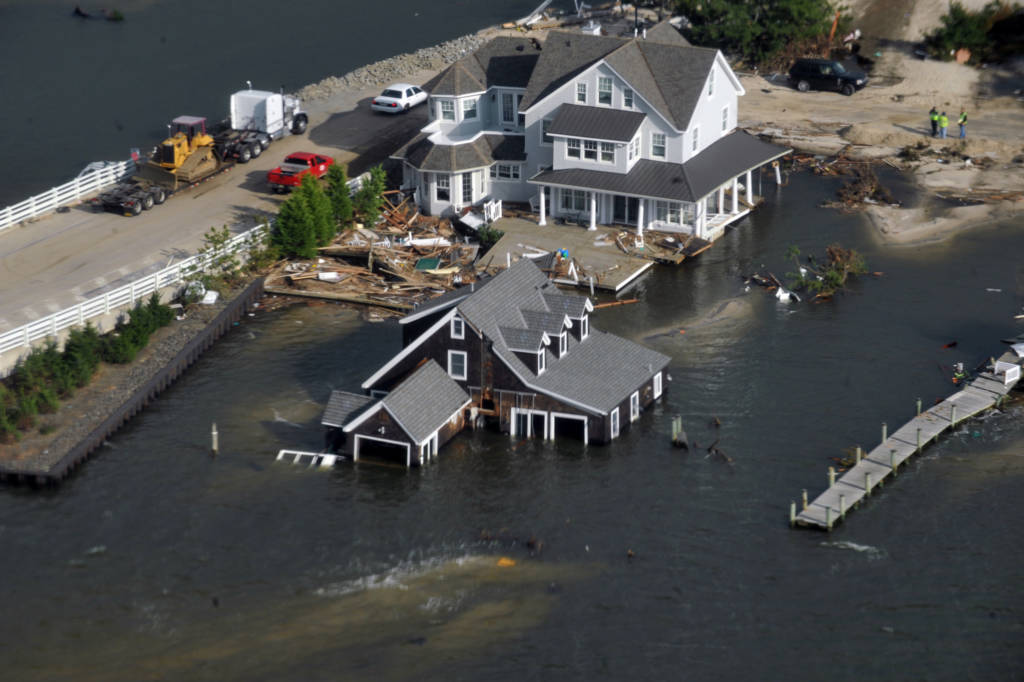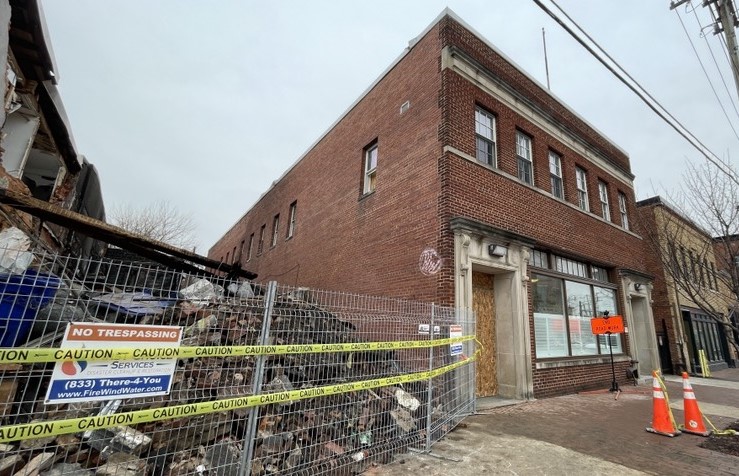With monster storm Sandy approaching Washington on Sunday, Oct. 28, city officials and volunteers mustered to get homeless residents to safety.
And with forecasts of 60-to-70 mile-per-hour winds and sub-freezing wind chill conditions, a hypothermia alert was activated on Monday, Oct. 29 and remained in effect through Tuesday, Oct. 30. Homeless shelters were opened and vans offered transportation to anyone who needed a ride.
Over 100 homeless people took advantage of the shelter beds on the first night, with slightly fewer using the shelters on the second.
Some, however refused offers of help, and chose to weather out the storm.
One man, who identified himself only as Nathaniel, stayed hunkered down in a Georgetown alley, with his supply of “war blankets” and a wagon filled with his other belongings. He has built up a supply of weather gear over the years, and said he chose to ride out the storm while taking care of his possessions rather than lose them by leaving for the shelter. He stayed covered in a tent setup on his wagon, with a tarp covering the rest of his things.
“The wind was rocking me this way, then blowin’ me back that way,” he recounted.
In spite of his tarp, and a heavy donated coat, the gale soaked him and his things.
Three days after the storm, he was still drying out a blanket.
No deaths were attributed to Hurricane Sandy’s visit to the city, according to the office of the medical examiner.
City officials and volunteers made a priority of locating homeless people and getting them to safety, said Reggie Sanders, a spokesman for the city Department of Human Services.
“This was an effort of the entire network and community,” he said.
“We have made an effort to properly identify these persons and perform an assessment to determine how we might best assist them. Some may have chosen to return to the street. Homeless families were referred and transported to the Virginia Williams Family Resource Center for proper assessment and services,”Sanders said.
The city is required by local law to provide shelter in the event of “severe weather conditions” defined as “whenever the actual or forecasted temperature, including the wind chill factor or heat index, falls below 32 degrees Fahrenheit or rises above 95 degrees Fahrenheit.”
With wind chills forecasted as dipping as low as 30 degrees Fahrenheit, Sandy qualified.
When a hypothermia alert is called, low barrier emergency shelters are opened throughout the city. Outreach workers let people know the shelters are open, arrange transportation to the shelters as needed, and pass out blankets.
Another homeless man who identified himself as John said he was grateful for the efforts made to get people to safety during Hurricane Sandy. He often stays at St. Luke’s Shelter, but was taken by the hotline van to a shelter in SE during the storm on Monday, and stayed there through Wednesday morning. He heard about this opportunity from Miriam’s Kitchen.
“I went there because sometimes there’s hot meals in the evening, and while we were there the storm really did start coming down, so they called for help.”








